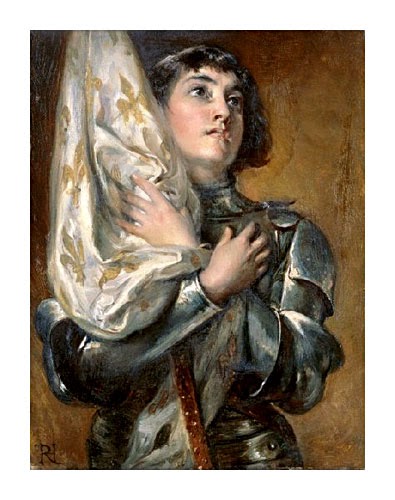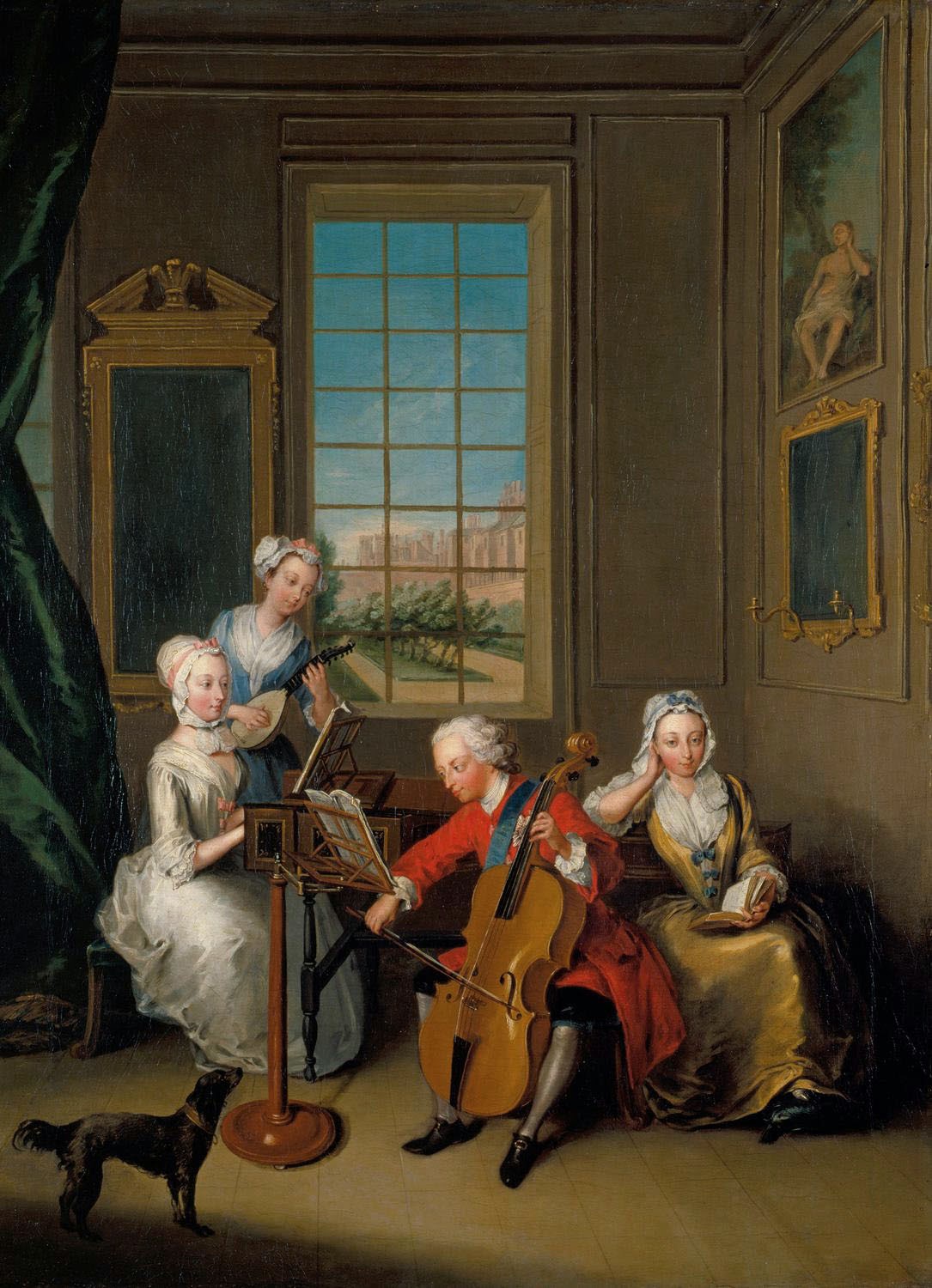To make up for Wellington’s losses, Castlereagh promised reinforcements as more troops returned from North America. But resistance was light on the part of the French.
Blücher and the Prussians agreed with Wellington: Napoleon’s abdication made no difference; the only way in which the French could end the fighting was to restore the government of King Louis XVIII, the legitimate ruler, the king Napoleon had driven out.
Two men who changed sides repeatedly — from the time of the French Revolution through the Napoleonic Wars, the restoration, the Hundred Days, and now, choosing to work for another restoration of the Bourbon monarchy – spoke for the French at this crucial moment. Whether either Talleyrand or Joseph Fouché had any bedrock principles (other than self-preservation) has long been debated. But at this point, they were both clever enough to have played the game successfully.
Talleyrand managed to make himself necessary to almost every faction that temporarily had power in France for the last twenty years. Though his influence declined during the second restoration, he remained in Paris, freely giving his opinions on policy, After the July Revolution of 1830, King Louis-Philippe made him French Ambassador to Great Britain for the years 1830-34.
Wellington kept Blücher from blowing up a Pont d’Iena, a bridge over the Seine (now near the Eiffel Tower), built to commemorate Napoleon’s victory over the Prussians in 1806. Reportedly Wellington – the ultimate practical man — said, “A bridge is a bridge.”
After elections were held in France in August 1815, Armand Emmanuel, Duke of Richelieu (1766-1822), gained power as Prime Minister of France, succeeding Talleyrand. Richelieu officially signed the peace treaties on behalf of his nation in November 1815. He was instrumental in negotiating the end of the occupation of France in 1818.
“Mopping up” took place elsewhere in France and abroad. British troops retook Martinique and Guadaloupe in the Caribbean. Even more important were the British actions in the Mediterranean, where the naval ports of Marseilles and Toulon were subdued in July 1815. The last hold-out, on the Luxembourg frontier, surrendered on September 13.
The Treaty of Paris of 1815 was finally signed on November 20, 1815. The territorial terms were similar to those of the first treaty, signed after Napoleon’s first abdication, but included more sever reparations payments. Signatories were France, Great Britain, Austria, Prussia and Russia. Additional agreements covered claims by individuals, the neutrality of Switzerland, and most importantly, banning the slave trade: “abolition of a Commerce so odious, and so strongly condemned by the laws of religion and nature.”
In November, Marshal Ney was tried for treason: deserting Louis XVIII for Napoleon during the Hundred Days. Despite his heroism in leading the French troops at Waterloo, having several horses shot out from under him, Ney was executed by firing squad, declining a blindfold a
nd declaring his patriotism as the squad took aim — the Bravest of the Brave to the end.
In late 1818, the Four Allies met at Aix-la-Chapelle to discuss the withdrawal of the Army of Occupation of France. Agreement was reached and the foreign troops left French soil by the end of November, 1818. A number of other issues were discussed as well, regarding various problems in Europe. The conference set a new standard for the conduct of international affairs.
French history in the 19th and 20 centuries saw many changes of government. Louis XVIII died in 1824, succeeded by his brother, Charles X (1757-1836), from 1824 until 1830. Charles X had been long known as Comte d’Artois, youngest brother of Louis XVI. He spent a large part of his life in exile from France, and lived in Mayfair on South Audley Street from 1805-1814. After he was deposed in 1830, he again spent part of his exile in Britain before dying in Austria in 1836.
When Napoleon III was a captive of Prussia, deputies in Paris declared a government of national defense, which tried to continue the war against Prussia, but within a few months, capitulated and ended the war. The Third French Republic was declared but stiff war reparation payments and other issues led to the Paris Commune.
The Third French Republic continued until the Fall of France in 1940 and the establishment of the Vichy government. We leave Postwar France to the contemporary historians.





















.jpg)











